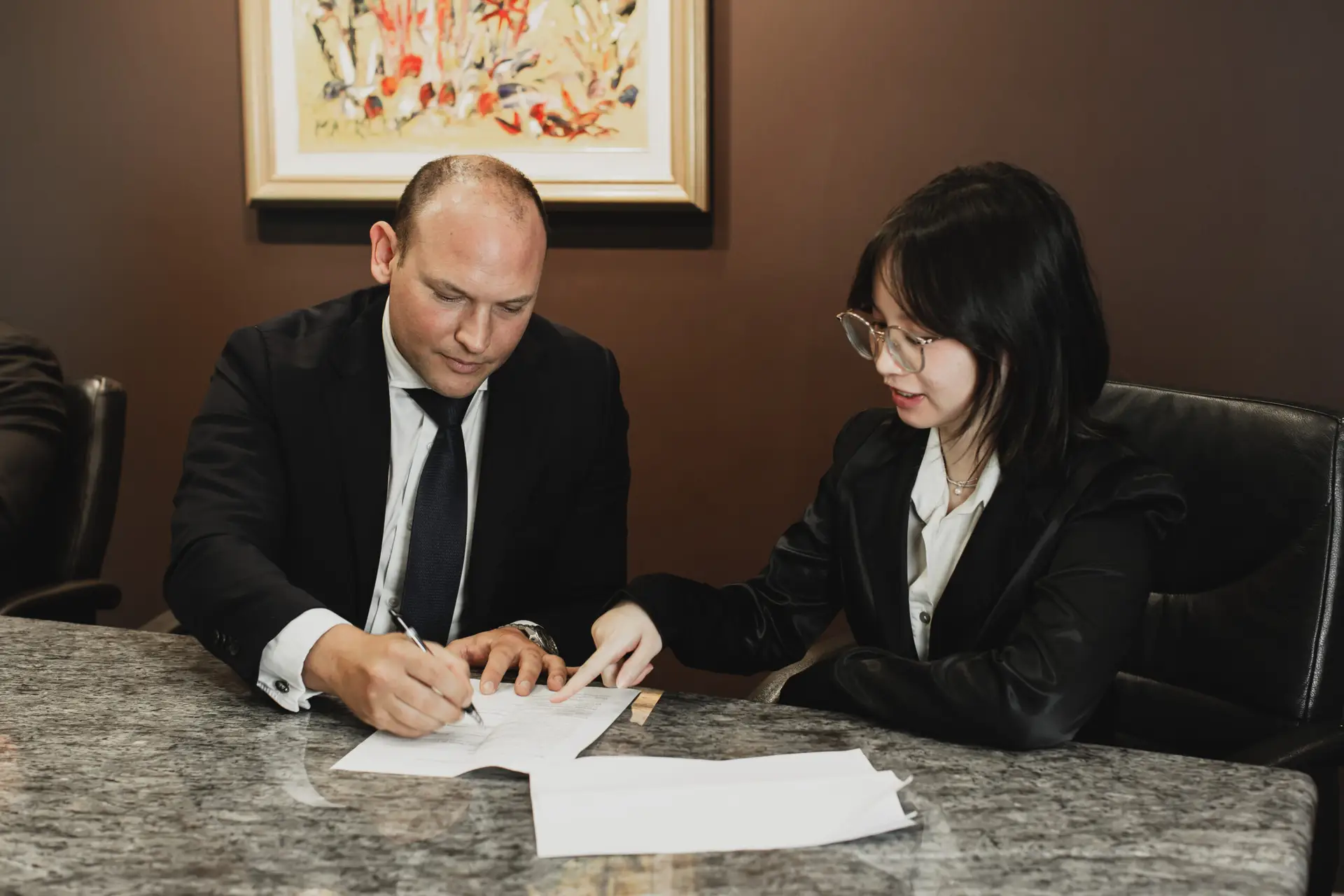
Cross Border Insolvency has become an increasing problem given growing trade globalisation. It exists in situations where a foreign insolvent debtor has assets or creditors in more than one country.
Differing legal systems and laws have created problems in the past recognising the rights of foreign creditors. The United Nations designed the Model law to assist countries to address cross-border insolvency. The Model law was enacted into Australian legislation in Schedule 1 of the Cross Border Insolvency Act 2008 (Cth) (“CBIA”).
Overview of the CBIA
The CBIA was intended to enable overseas “foreign representatives”, such as an overseas liquidator, the ability to seek orders locally in an Australian Court helping them carry out asset liquidation within Australia for an individual bankrupt or a bankrupted corporation.
The process of recognition is not simply a ‘rubber stamp’ and a Court hearing an application in Australia, must be satisfied that all of the preconditions under the CBIA are satisfied. In recognising an application, the local court must decide if the foreign insolvency in question can be recognised as a:
- Foreign main proceeding; or
- Foreign non-main proceeding.
The Federal Court of Australia (“FCA”) has the power to recognise a foreign proceeding involving a bankrupt who is an individual. For corporate debtors, the FCA coupled with the Supreme Court of a State or Territory, has the power to recognise a foreign proceeding.
Foreign main proceeding
A foreign insolvency will be recognised in Australia, unless manifestly contrary to public policy, if it is a foreign main proceeding. To establish this, the court need to be satisfied that the foreign proceeding is taking place in the State where the bankrupt has their centre of main interests (“COMI”) at the time the recognition is made.
Recognising the Bankrupt’s COMI
The expression COMI is not defined in the CBIA and there is a presumption, in the absence of proof to the contrary, the bankrupt’s COMI will be:
- their habitual residence for an individual; or
- the location of a company’s registered office for a company.
The term habitual residence was discussed in Re Gainsford and Others v Tannenbaum (2012) 129 ALD 542 [38] – [42] (“Gainsford”).
In this case, the court considered that a person’s habitual residence is a broad factual one that may take into account the following factors:
- the actual and intended length of stay in a State,
- their purpose of stay within the State,
- the strength of ties they have to the State (past and current); and
- their degree of assimilation into the State such as cultural, social and economic integration.
When determining a company’s COMI, the court in Akers v Saad Investments (2010) 118 ALD 498 [42] – [49], concluded that it was necessary to put forward material that disclosed objective and ascertainable facts showing where the debtor conducted the ‘administration of its interests’ on a ‘regular basis’ which could be ‘ascertainable by third parties’. The company was incorporated in the Cayman Islands with its registered office there but its books and records were held by a related company registered in Switzerland and it engaged in many commercial activities around the world. In this case the presumption that the company’s registered office was its COMI, was not rebutted.
As a “fallback” position when a COMI cannot be ascertained, a foreign representative can try to seek recognition for a “non-main” foreign proceeding.
Foreign non-main proceeding
To establish a foreign non-main proceeding the court, need to be satisfied that the bankrupt has an “establishment” in the foreign State.
Recognising The Bankrupt’s Establishment
Establishment has been defined in the CBIA as a place of operations where the bankrupt carries out a non-transitory economic activity and does so with human means and goods or services.
In Shierson v Vlieland-Boddy [2005] WLR 3966 cited in Gainsford, the letting and managing of a single unit in England as ‘multi-let business premises’ was sufficient to bring the bankrupt within the definition of establishment as it was possible to infer that the entity was acting for a front for the bankrupt.
In Gainsford, the debtor left South Africa (“SA”) in 2007 to reside in Australia and his business operations ceased in SA in 2009. His assets remained in SA and he still held life insurance and endowment policies. The court concluded that the debtor no longer had a place of operation in SA and therefore no present establishment.
Current Challenges
The CBIA provides minimal assistance in situations where the bankrupt has no COMI in the foreign proceeding and has left the foreign jurisdiction leading to the termination of any establishment with the foreign land.
For companies with a diverse transnational operation, recognising a COMI might be a difficult task. When the bankrupt is an individual, difficulties arise when the bankrupt leads such a nomadic life that they can abandon a place, without becoming habitually resident in another place.
If the event that a local court concludes that the foreign proceeding is neither “main” nor “non-main”, it seems that there is no jurisdiction, at least under the CBIA to grant recognition.






